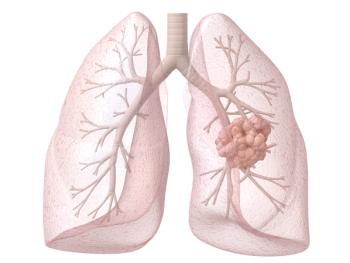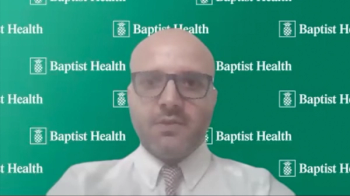
ASCO: Oncologists Struggling to Meet Demand in Volatile Landscape
More and more cancer patients are surviving their diseases as better treatments become available, and while that’s good news, it poses challenges for clinicians.
More and more cancer patients are surviving their diseases as better treatments become available, and while that’s good news, it poses challenges for clinicians, says a new
The US Food and Drug Administration (FDA) added 10 new treatments to its list of more than 170 approved anticancer agents in 2014 while more than 770 therapies are in the research and development pipeline, ASCO reports in “The State of Cancer Care in America: 2015.” New treatments have led to better outcomes, with more than 68% of patients living beyond 5 years past their diagnosis compared to 49% in 1975.
However, with new diagnoses of cancer expected to increase by 45% by 2030-and rising levels of obesity contributing to an additional 500,000 cases-oncologists will face significant challenges in meeting the demand for post-care services, the report says. For example, as a group, oncologists are aging, with those 64 years or older greatly outnumbering new physicians entering the field.
That may be due in part to a volatile practice environment dominated by concern over rising costs and changing payment models, the report notes. Many payers are switching to value- or quality-based payment systems, including Medicare, which has announced plans to transition away from traditional fee-for-service reimbursements over the next few years.
In response, about one-third of practices are considering medical home-type models while an estimated one-quarter of community-based practices are planning to affiliate with hospitals over the next year. Many practices reported that the administrative burden of dealing with insurance issues and claims cuts into their time for patient care.
"Patients need us to find better ways to pay for and incentivize high-quality, value-based care," said ASCO president Peter Yu, MD. "ASCO is currently developing and testing an alternative payment approach that reflects the current realities of oncology practices and ensures that patients receive the full range of services that are integral to their care."
The report also noted other worrisome trends, including poor representation of minorities in the oncology workforce, a shortage of oncologists practicing in rural areas, and an increase in reports of professional burnout, causing some physicians to reduce their patient load or retire early.
The ASCO report makes several recommendations in response to concerns about access to care and financial pressures on oncologists:
• Replace the Sustainable Growth Rate formula with a sustainable structure that incentivizes the delivery of high-quality cancer care.
• Ensure interoperability of medical records and give practices the resources to track and report quality measures.
• Increase the budgets of the National Institutes of Health and the National Cancer Institute by at least $32 billion and $5.32 billion, respectively.
Newsletter
Stay up to date on recent advances in the multidisciplinary approach to cancer.



















































































